Thanks to an illustrious history spanning hundreds of years, evidence of the United Kingdom’s incredible royal heritage is littered throughout the country. As a result, the UK is home to some of the most popular attractions in the world. Tourists flock here in earnest to see beautiful palaces, awe-inspiring castles, and world-class art galleries, among other elegant historic sites.
The British Royal Family is a fascinating institution and offers plenty of opportunities for visitors to learn about their history. Read on to discover our top nine royal attractions in the UK, and get some inspiration for your next trip.
1. Kensington Palace
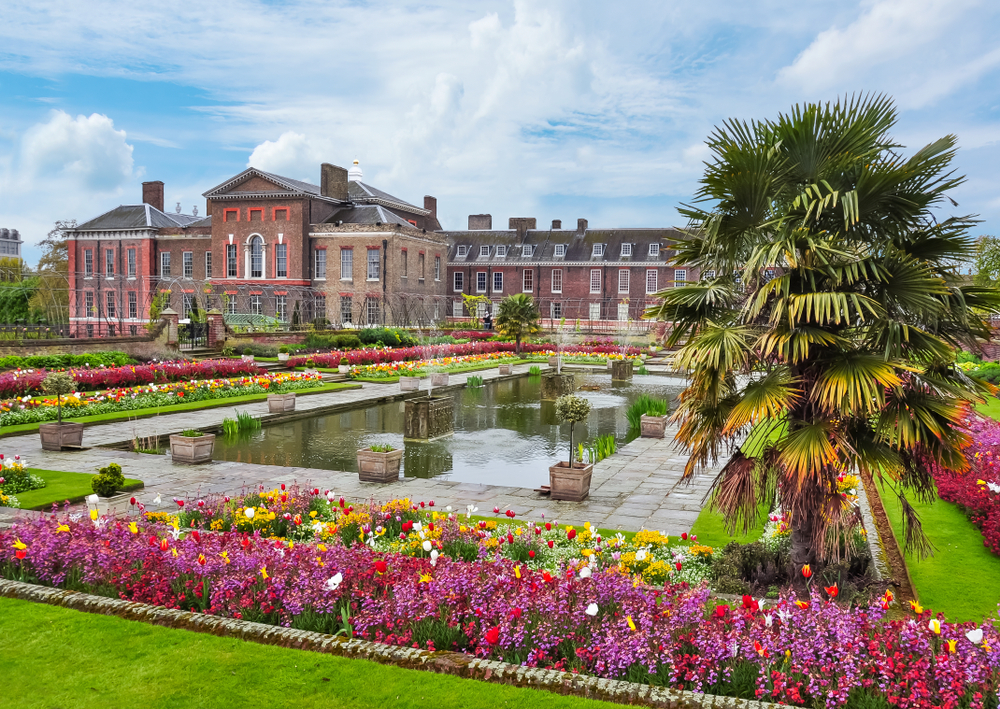
Kensington Palace is the London residence of the Duke and Duchess of Cambridge: Prince William, his wife Catherine, and their children. Located in Kensington Gardens in the Royal Borough of Kensington and Chelsea, it has been a royal residence since 1837.
The palace was originally a large townhouse built by Sir George Downing between 1675 and 1679, known as Nottingham House. In 1686, it was bought by William III and Mary II, who enlisted the services of Sir Christopher Wren to turn it into a greatly improved and enlarged palace. Wren also designed a series of gardens for the palace, which have subsequently been reworked several times throughout its history.
Some areas within the Kensington Palace grounds are open to the public, meaning visitors can explore the King’s and Queen’s State Apartments or even get lost in the extensive gardens. There are also seasonal exhibitions, a gift shop, and the baroque Orangery restaurant, where you can indulge in a delightful lunch or enjoy Britain’s famous afternoon tea. After noshing, you can head to the Natural History Museum, only a short walk away, where you’ll marvel at scientific oddities like dinosaur bones and fossils.
2. Buckingham Palace
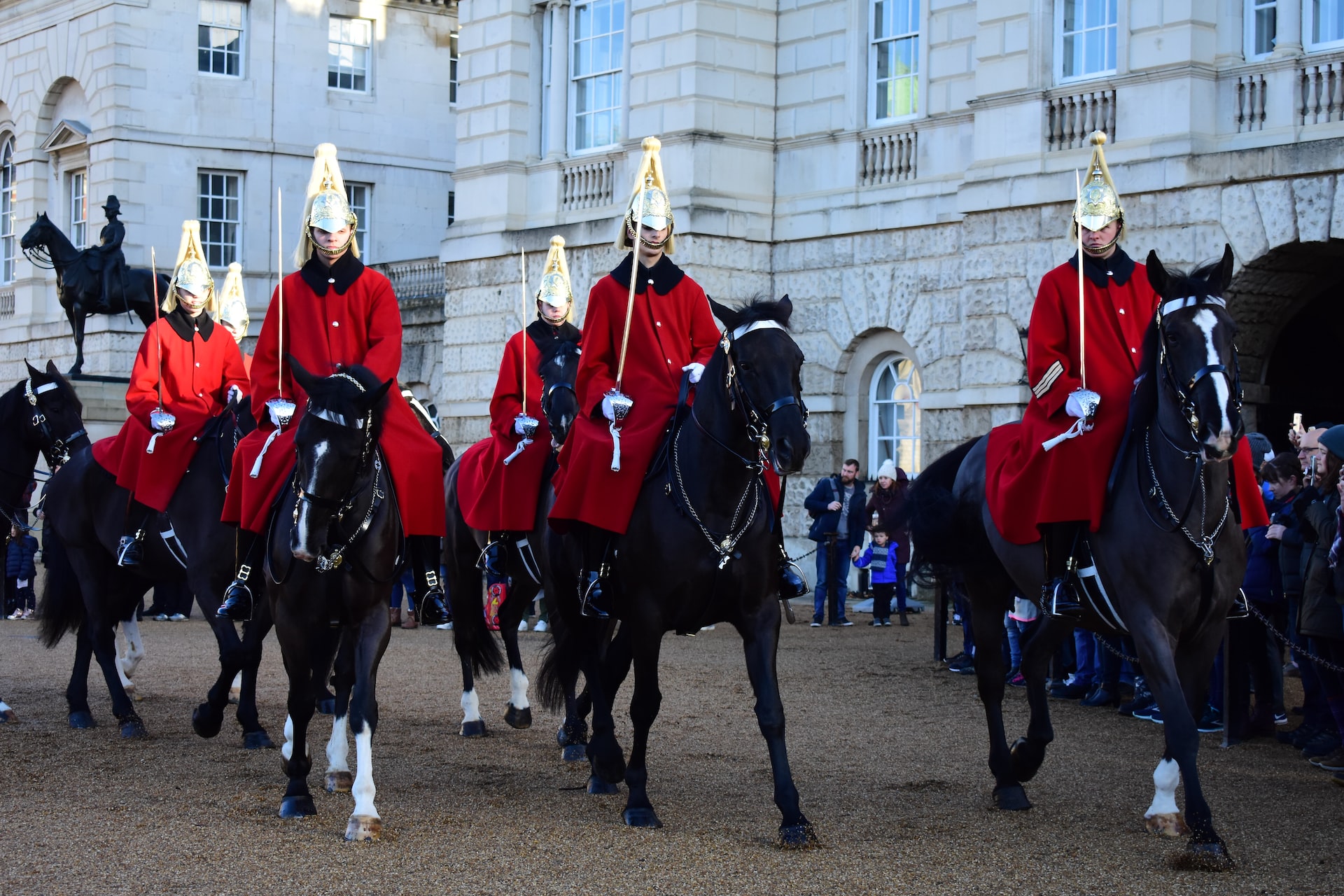
Buckingham Palace is the official London residence and principal workplace of the British Monarch. It has been a focal point of British history for over 300 years, and for much of this time, it was the largest palace in Europe. Various world events have taken place here, such as Queen Victoria’s Diamond Jubilee in 1897, Prince Charles’ wedding to Lady Diana Spencer in 1981, and Queen Elizabeth II’s Golden Jubilee in 2002, to name but a few.
The palace was originally built in 1705 for John Sheffield, the Duke of Buckingham, from whom it gets its name. It was bought by George III in 1762 for his wife, Queen Charlotte, who is played by Golda Rosheuvel in Netflix’s Bridgerton. By order of George IV in the 1820s, architect John Nash began to convert the house into a palace, reshaping the Palace Gardens and designing the Marble Arch entryway, which was later relocated and is now visible in Hyde Park.
Visitors can take tours of Buckingham Palace to see where the Queen used to live and work. You can also view the magnificent State Rooms, which are only open to the public for 10 weeks every summer. Nearby, there’s a chance to watch an off-West End show at The Other Palace Theatre, hosting notable productions such as Heathers and Amélie.
3. Westminster Abbey
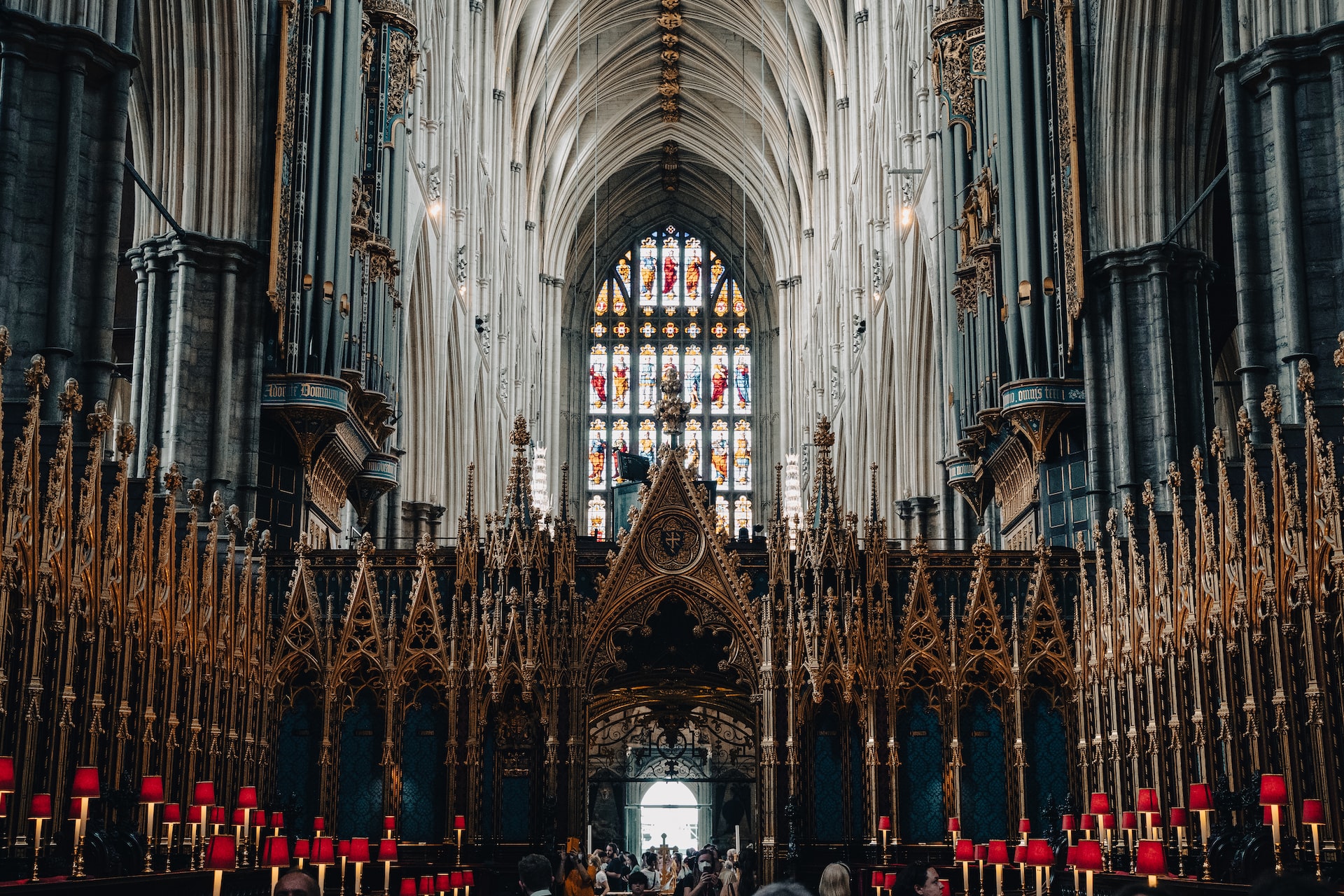
Another popular attraction in the UK is Westminster Abbey, which lies next to the River Thames in Dean’s Yard, London. One of the most famous cathedrals in Europe, it’s played host to over two billion visitors since first opening its doors to pilgrims back in 1065 AD.
The Abbey was originally a Benedictine monastery founded in the 10th century and was subsequently rebuilt in 1042 under orders from Edward the Confessor, who wanted to provide himself with a royal burial church. The first documented coronation took place in the church in 1066, with the crowning of William the Conqueror, and has become the traditional venue for coronations of English and British monarchs ever since. The building became a cathedral in 1540 when Henry VIII broke away from the Vatican and made himself head of the Church of England, sparing it from the destruction inflicted upon most English abbeys during the time period.
Today, the Abbey has been designated a UNESCO World Heritage site and is open to the public to explore. Since 1100, sixteen royal weddings have occurred here, including the Duke and Duchess of Cambridge’s ceremony. Visit the Victoria Tower Gardens nearby for stunning views of the River Thames, alongside the spectacular façade of the abbey itself. Afterward, don’t forget to get an up-close look at Big Ben, a 16-story Gothic clock tower and England’s enduring national symbol, located at the north end of the Palace of Westminster nearby.
4. Edinburgh Castle
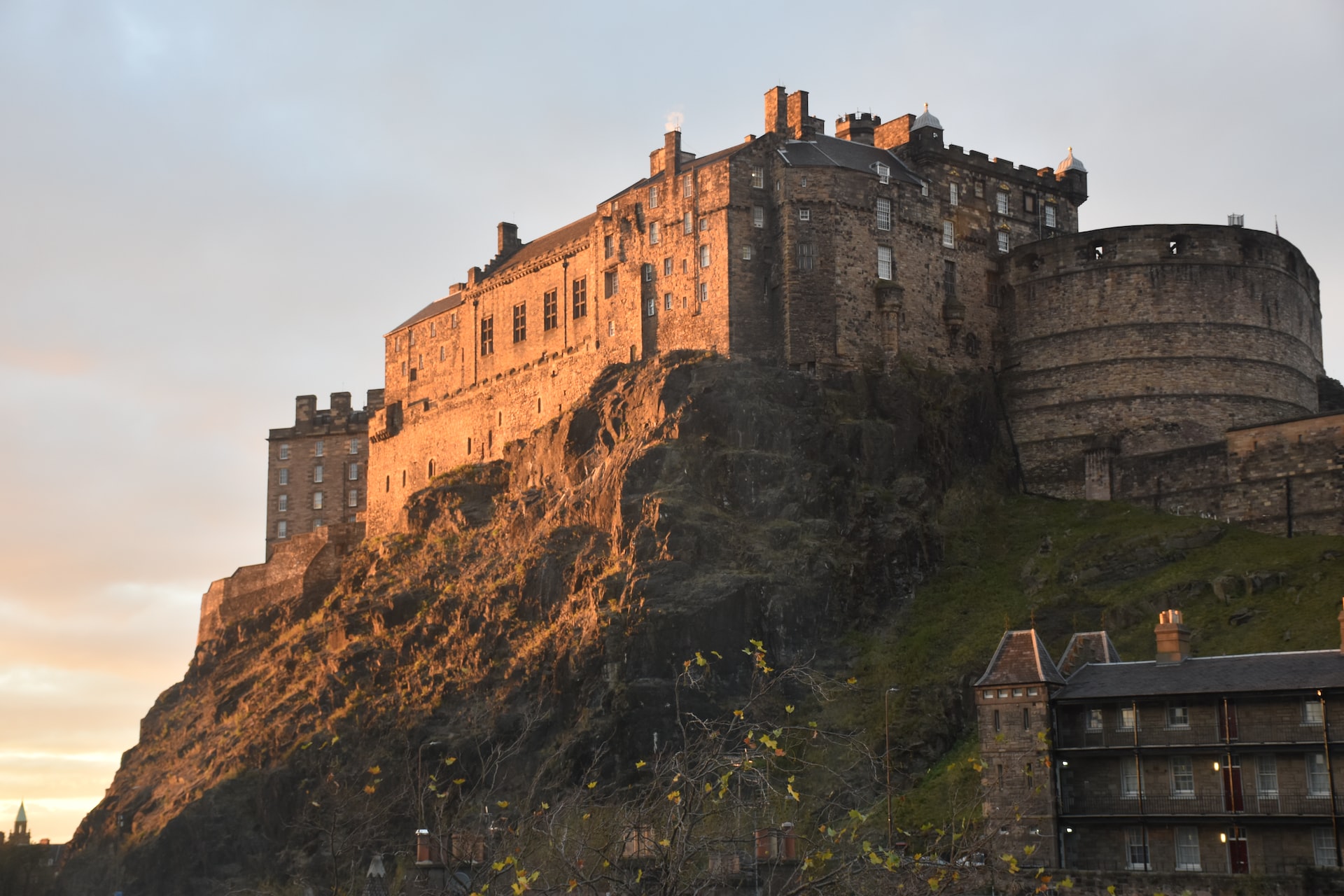
The historic fortress of Edinburgh Castle is one of the most popular tourist attractions in Scotland. Located at the top of the Royal Mile in the country’s capital, the castle sits upon Castle Rock with sheer cliffs, giving it a naturally defended position overlooking the city. It was first built in the 11th century and has been used as a royal residence ever since. As one of Scotland’s most iconic landmarks, it often features in the background of photos taken across Edinburgh.
The castle has been besieged twice during its history and captured both times by forces from England. The second time was after a 12-month siege that ended with famine and disease, killing most of those inside.
Visitors can explore both the interior and exterior of the castle, with a particular highlight being the Crown Room, home to the oldest Crown Jewels in the British Isles, originally used when crowning Mary Queen of Scots in 1543. Nearby, you can enjoy coffee and cake at The Elephant House, the café where JK Rowling wrote the world-famous Harry Potter series.
5. Tower of London

The Tower of London is one of the world’s most recognizable buildings. Despite its previous notoriety for death and torture, the tower has a prestigious history. It has served as a royal residence, an armory, an observatory, and even a zoo.
In spite of its name, the tower is not actually a single tower — it’s a collection of nearly three dozen buildings, spanning the history of London. The tower that gives the attraction its name is actually the White Tower. Built in the early 1080s by William the Conqueror, it originally provided accommodation for the King and his representatives. Today, the Royal Armouries hold displays within that same tower.
The Tower of London is open to the public for tours and includes an exhibit about the history of torture. When visiting, be sure to view the Crown Jewels. Under armed guard by the iconic Beefeaters, these jewels are one of the most powerful symbols of the British monarchy that are still around today.
6. Windsor Castle
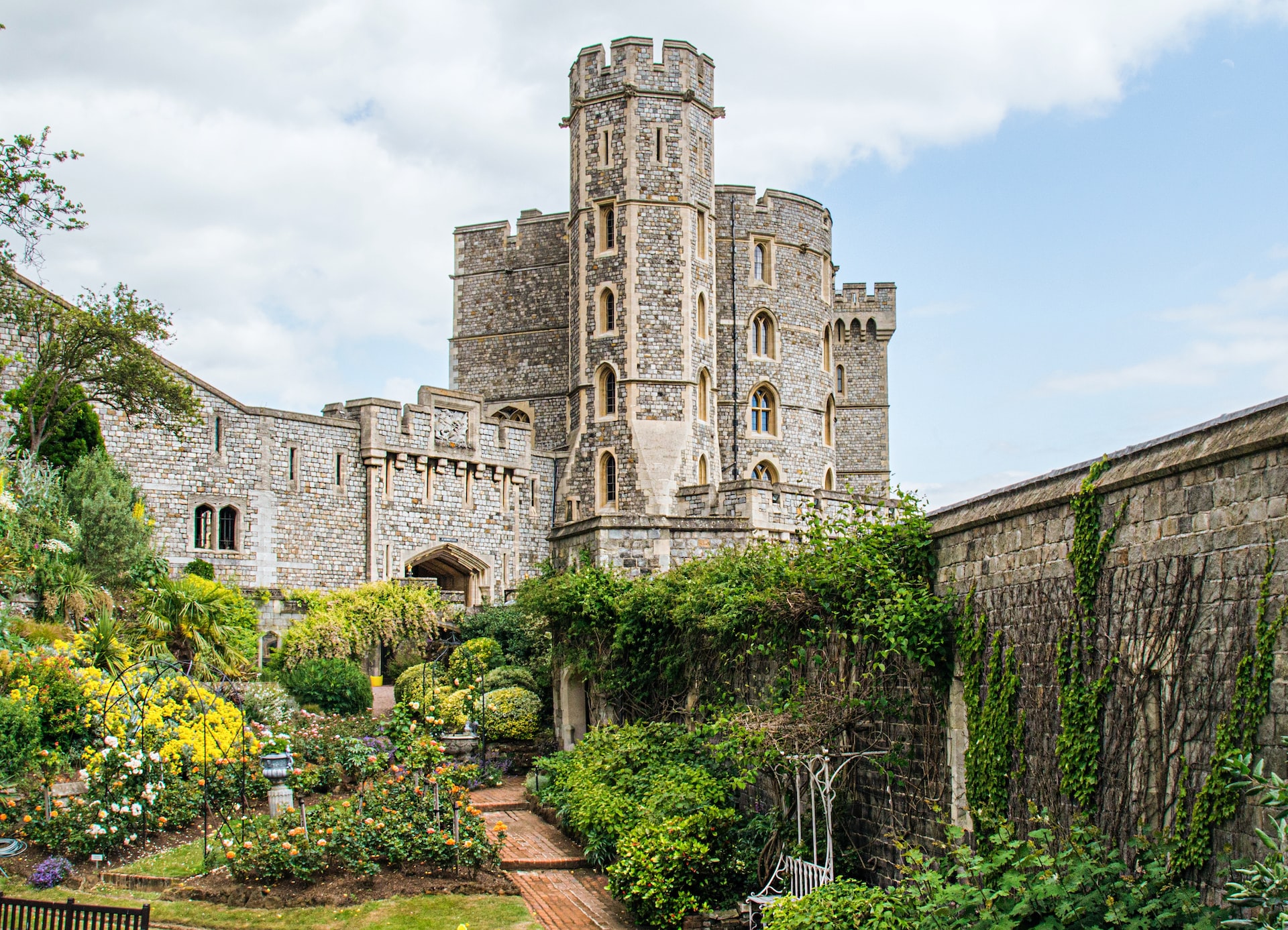
Windsor Castle is one of the most popular tourist destinations in the United Kingdom. Located in beautiful Berkshire County, it held the title of the oldest and largest occupied castle in the world until the death of Queen Elizabeth II in 2022. It’s been home to a long line of 39 monarchs, and Queen Elizabeth herself spent most of her private weekends at the castle.
The castle was built by William the Conqueror in 1066 as a traditional motte-and-bailey structure, with a wooden keep inside. In 1170, Henry II rebuilt Windsor Castle in stone, fortifying the walls and adding a strong keep. Over the years, the Royal Family has continually changed and updated the building, turning it into the castle it is today, with magnificent state apartments and extensive gardens.
As a working royal palace, Windsor Castle has specific opening times to ensure the privacy of those that live there. Visit the nearby Intoku Windsor for a delicious lunch at a sushi restaurant after a walk around the stately palace grounds.
7. Sandringham House
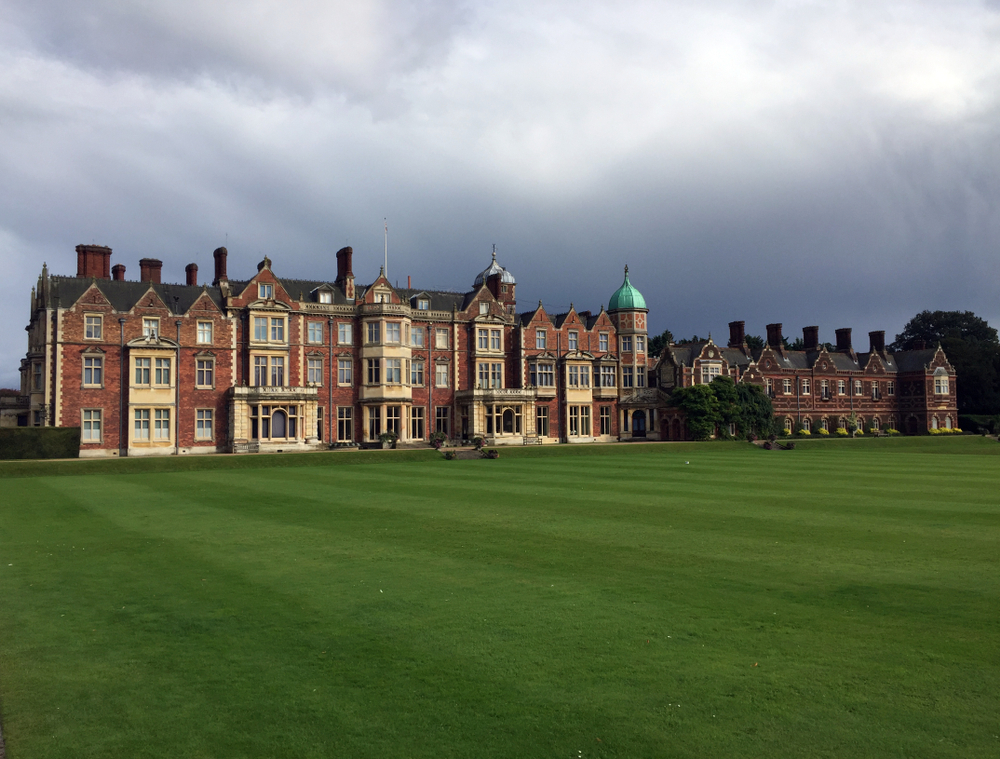
Sandringham House is a royal residence in Norfolk, England, situated in a protected landscape called the Norfolk Coast Area of Outstanding Natural Beauty. Home to four generations of British monarchs, both the former Queen’s father and grandfather — George VI and George V — spent much of their time there. The house is set on a large estate of around 8,000 acres, with the accompanying parks, gardens, and woodland areas listed on the National Register of Historic Parks and Gardens.
The estate was purchased in 1862 by Queen Victoria and Prince Albert as a private residence for their son, Edward VII. It has been used as the primary country estate for British monarchs ever since. In 1975, the late Duke of Edinburgh supervised a pioneering modernization project of the house, where over 100 rooms in the service wing were demolished and replaced with contemporary, updated spaces.
The Sandringham estate is open to the public and welcomes approximately one million visitors annually. Get guided tours from experienced members of staff who will share unforgettable tales of its rich history and grandeur during your visit. In addition to the house and gardens, there are many other attractions on the estate, such as a golf course and an on-site church.
8. Alnwick Castle

Alnwick Castle is located in Northumberland, England. Home of the Duke of Northumberland, the castle is open to visitors, who can explore its medieval architecture and enjoy its extensive art collection.
Alnwick Castle was built in 1096 by Robert de Mowbray, Earl of Northumbria and Lord of Alnwick. It was seized by King Henry II in 1157 after the Earl rebelled against him and became part of the Crown Estate when it was confiscated from Mowbray’s son-in-law William de Vesci. It has been home to the Percy family, who’ve held the Dukedom of Northumberland for the past 700 years. The current Duke lives in the castle and can often be seen wandering the grounds.
Alnwick Castle has been used as a location for films such as Robin Hood: Prince of Thieves (1991) and Harry Potter and the Philosopher’s Stone (2001), as well as television shows such as Downton Abbey (2010-2015). Adjacent to the castle is the Alnwick Garden, a series of themed gardens situated around a central water feature. It is also home to one of the world’s largest treehouses, where visitors can enjoy afternoon tea from the treetops.
9. Harewood House

Harewood House is a country house in Harewood, near Leeds in West Yorkshire, England. Built in 1759 for the Earl of Harewood and designed by architect Sir John Vanbrugh, the house is notable for its extensive gardens, which were designed by landscape architect Lancelot “Capability” Brown. It’s estimated that Brown was responsible for more than 170 gardens surrounding the finest country houses and estates in Britain. His work endures at countless sites such as Warwick Castle, Milton Abbey, and the Royal Botanic Gardens in Kew.
The house has been used as a filming location for various films and television shows, including ITV’s Victoria (2016-2019), starring Jenna Coleman, and Downton Abbey, a 2019 film. The estate includes a deer park, gardens, a golf course, and various woodland walks. It’s also open year-round, which helps attract even more visitors from across the globe.
Treat Yourself to a Royal Vacation
The fun doesn’t stop with just these nine UK tourist attractions. There’s plenty more to see, such as the York Minster, Royal Albert Dock, Roman Baths, and the Beatles Story — an award-winning permanent museum dedicated to the lives and times of the Fab Four. Start planning your UK getaway today, and get ready for an over-the-top kind of trip!